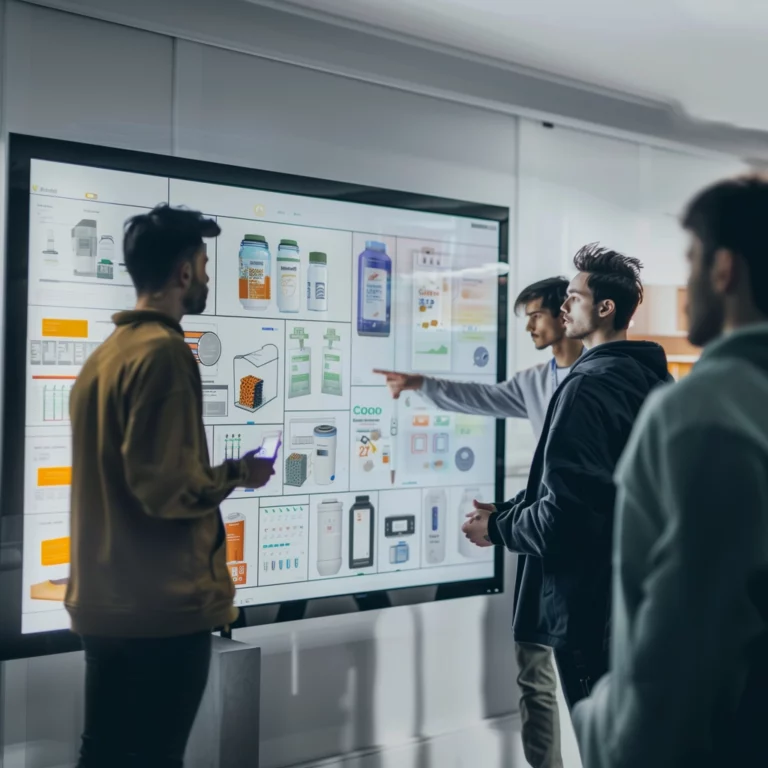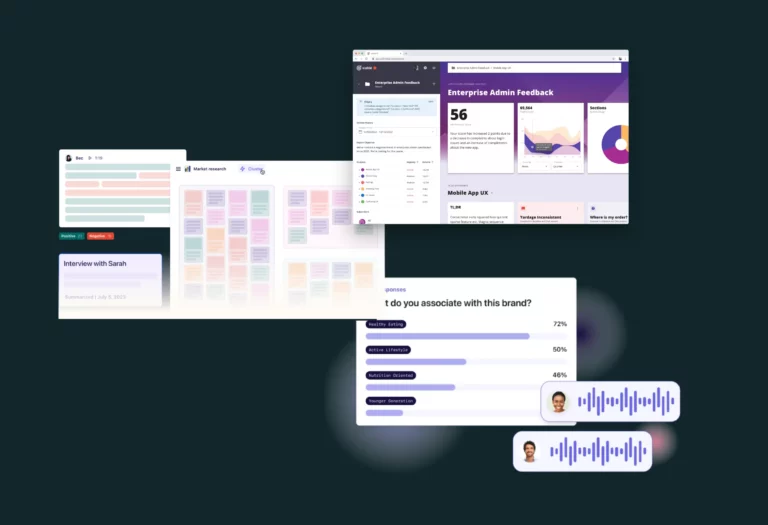But first: what is Ideation?
Ideation is not just a matter of getting the right people in the room, adding some post-its and beers to the mix, and waiting for 3 hours until the next disruptive venture is somehow brought into being.
A good ideation session is hard work! It is a structured process of guiding the right people through a number of carefully designed exercises to come up with innovative ideas.
There are a lot of tools available on the web that you can use to help you bring structure to your ideation session. So much so, that it has become hard to filter out the good tools from the bad. To relieve you from that stress, we have listed our top 10 ideation tools. That way you can have an amazing ideation session straight away.
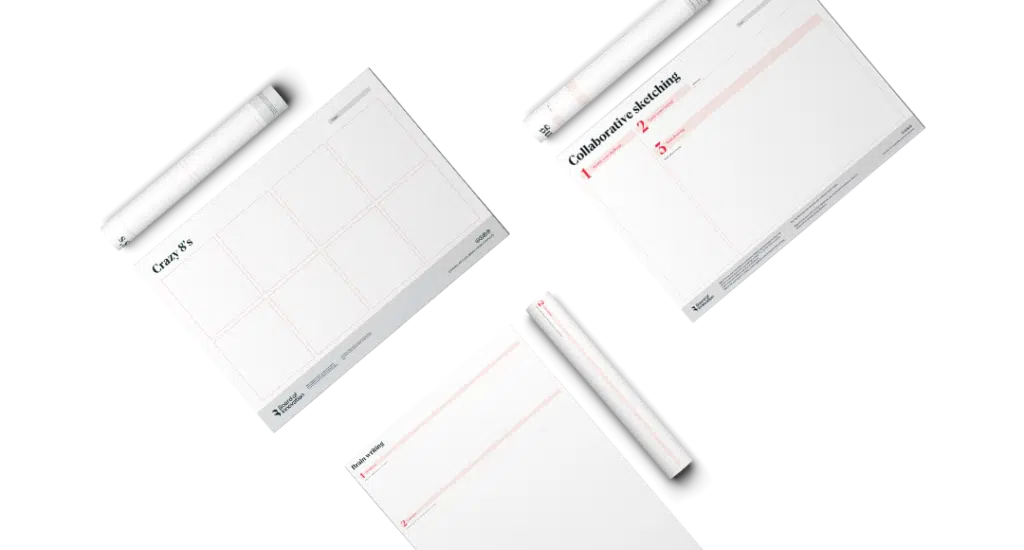
First-step ideation tools
Crazy 8s, Brainwriting, Collaborative Sketching that help you ideate collaboratively with your colleagues and provide some structure to your ideas.
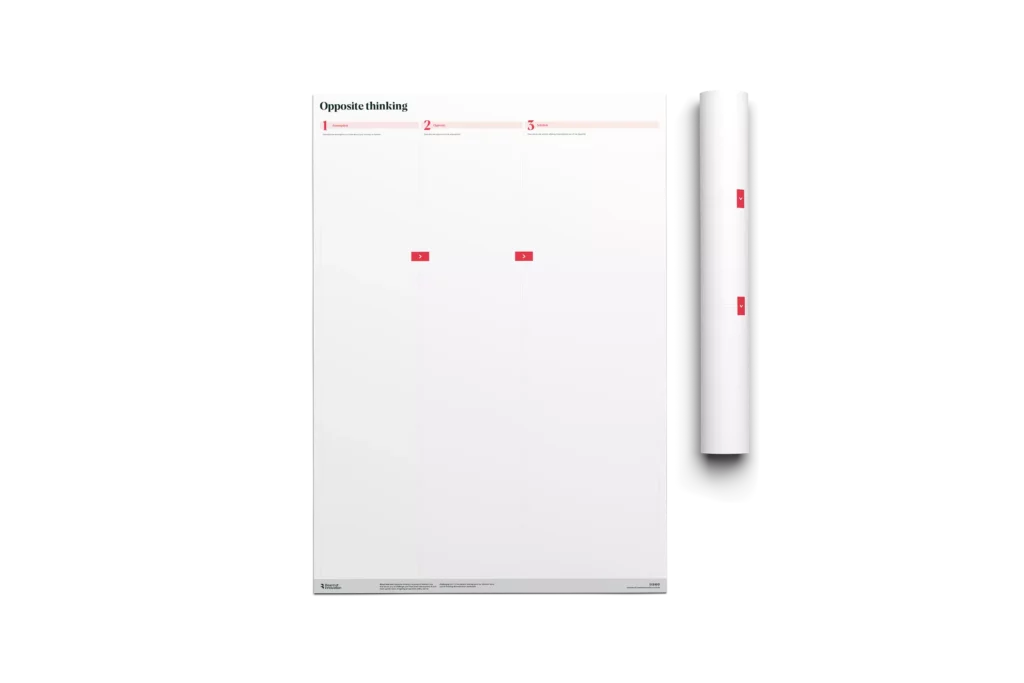
Opposite thinking
Constraints and mental blockages have no place in an ideation session. To overcome these inhibitions, we designed the Opposite thinking tool. This tool is as easy to use as it is powerful. Opposite thinking asks you to become familiar with the opposite side of things, to stretch the horizon of possibilities. The goal: to boost your brainstorming session by solving assumptions and coming up with additional, more creative ideas. For instance, when designing a chair, you can list the assumptions of a chair (it needs to have legs) and think of its opposite (no legs?!) to trigger additional ideas: what if chairs were hanging from the ceiling?
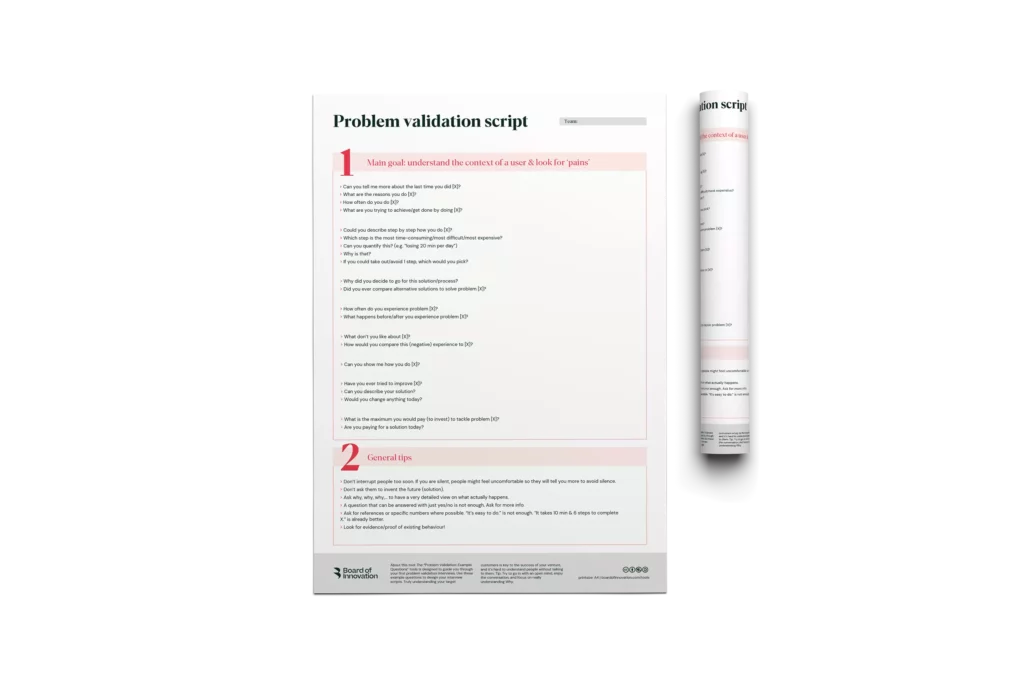
Analogy thinking
80% of new ideas come from analogy thinking. Pablo Picasso knew this when he said: “good artists copy, great artists steal”. This ideation technique isn’t about simply copying existing products or business models. Analogy thinking will help you to identify the factors that make a business, product or service successful, and translate them to your business context.
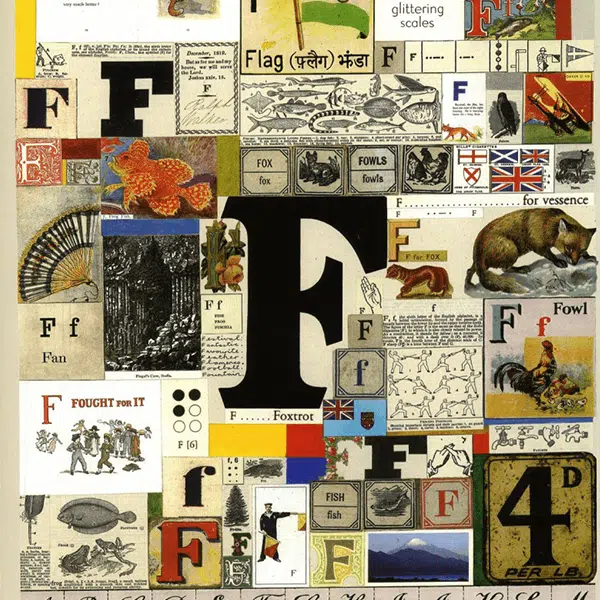
Rip & rap
Rip & rap is very similar to the collages you might have made in elementary school. Only now you’ll make a mood board around a defined HMW statement. You can use Pinterest or, if you’re a more old school type, you can cut out images from magazines, etc. Divide the participants into teams of 3 people. Each team has 30 min to form a collage. When the time is up, ask the teams to present their mood board to their colleagues. Ask participants to take notes on ideas they come up with based on other peoples’ collages or other peoples’ responses to their collage.
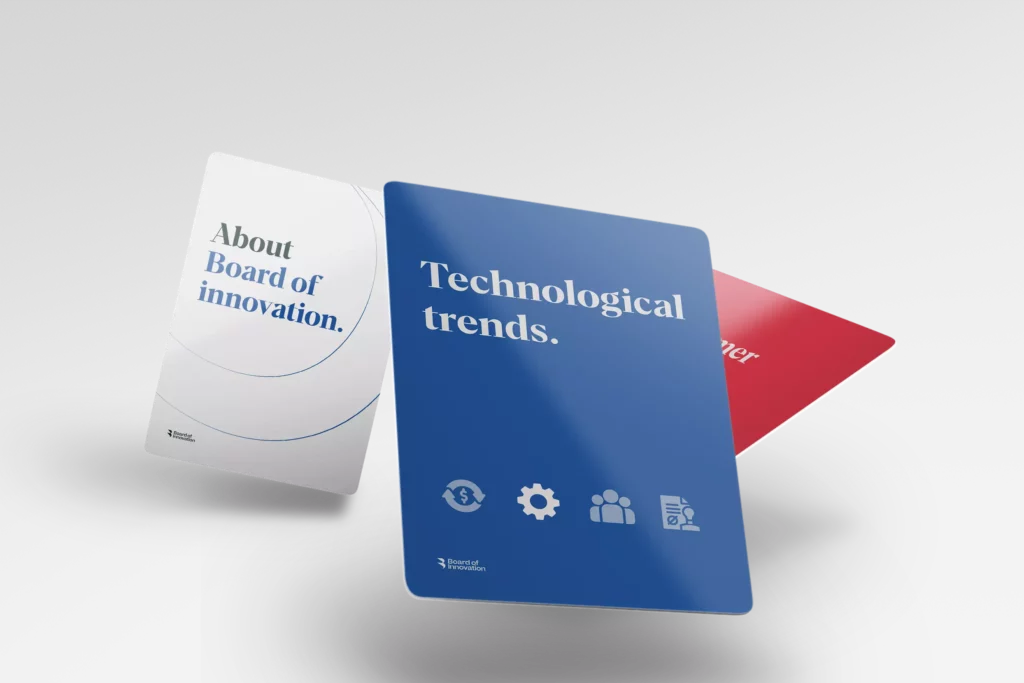
Brainstorm cards
These “how might we” statements set the team in a direction that is solution-oriented (how), optimistic (might) and collaborative (we). This is a collection of 52 cards to help you brainstorm and come up with new ideas. You can download and share these for free.
How to use the Brainstorm cards? Start with a challenge or problem. Use the cards to be inspired individually first. Come up with ideas for 20 minutes. Share ideas with the team and build further on the best ones.
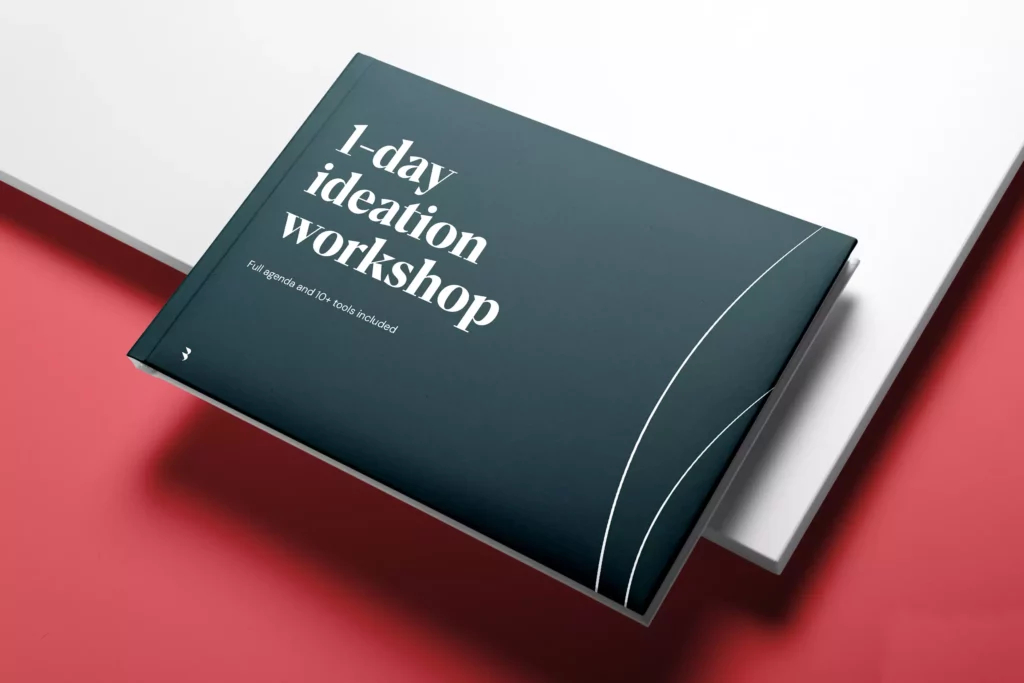
Ideation guide
Check out this 1-day agenda template for a perfect ideation workshop. Tips & tools included.
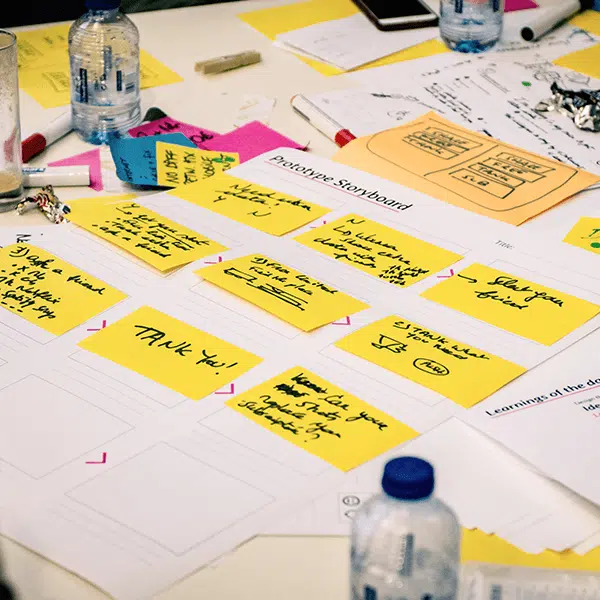
Storyboarding
Storyboards don’t have to be Banksy-level drawings, they just need to convey a meaningful sequence of events. Even a sequence of primitive drawings can help you visualize how people will experience your new idea in action. Start with a plain text and arrows. Add emotions to each step of your story. Only now you should translate each step into a storyboard frame. Make sure your storyboard leaves your audience with no doubt about the outcome of the story.
Pro tip: Use the storyboard to explain to others. Get inspiration from the way comic books are drawn. Use a variety of angles (panoramic, close-up, etc).
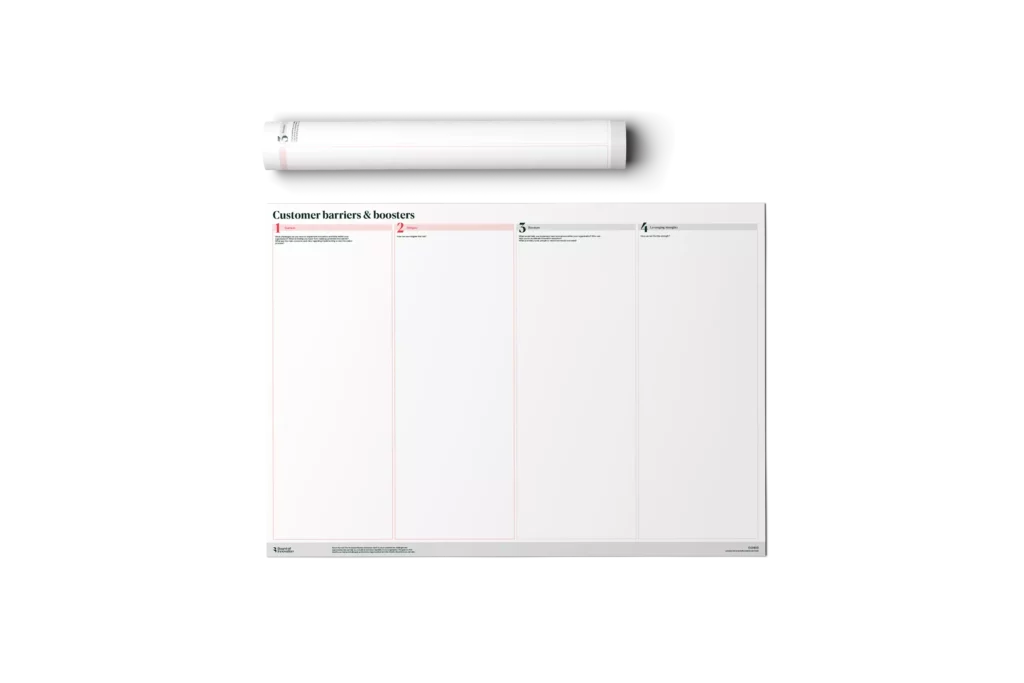
Barriers & boosters
This tool will help you identify what the barriers and boosters are for your customers to use your solution.
Boosters: These are the aspects of their perceptions that will positively influence your concept or propel it into success. Things that you can leverage in the future when building a solution.
Barriers: These are the points that need attention as you build a solution. They are some concerns users might have about your proposed solution, or things that directly contradict your original assumptions and will request pivoting or a complete change.
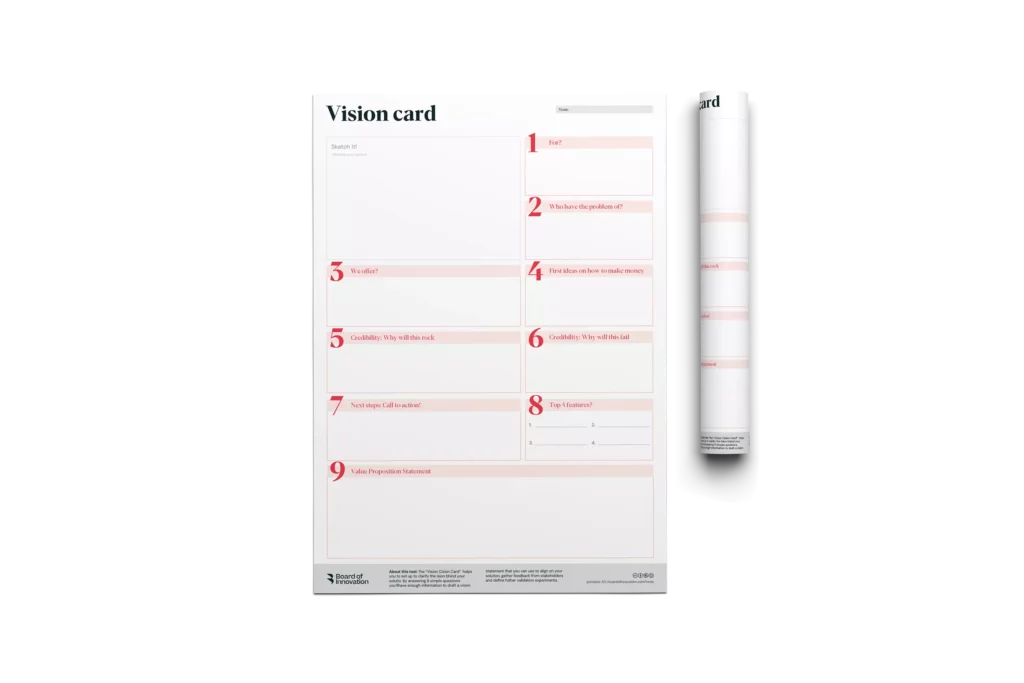
Vision card
The vision card will help you explain your concept in more detail after you’ve received early feedback internally or from users, clients, or customers. Use it to trigger critical discussions on risks, challenges, and features, and to identify the key customer value you’re creating. Fill it in once you’ve completed your concept card.
The vision and concept card may seem similar, but the vision card is, in fact, a progression. It enables you to develop a more mature visionary concept that considers critical areas (including early indications of what the business case might look like) in order to gain more in-depth critical stakeholder feedback.
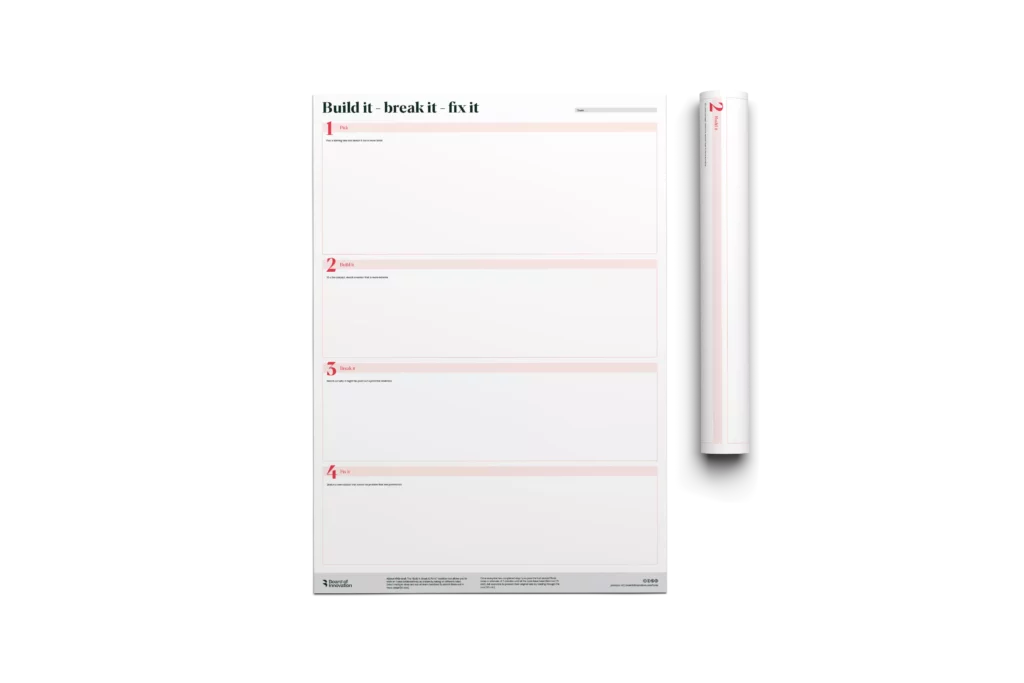
Build it, break it, fix it
The Build it, break it, fix it toolkit was designed to collaboratively develop an idea as a team.
In this exercise, different team members are asked to look at the idea from different concepts and to build upon each others work. The goal is to iterate in order to refine the original concept.
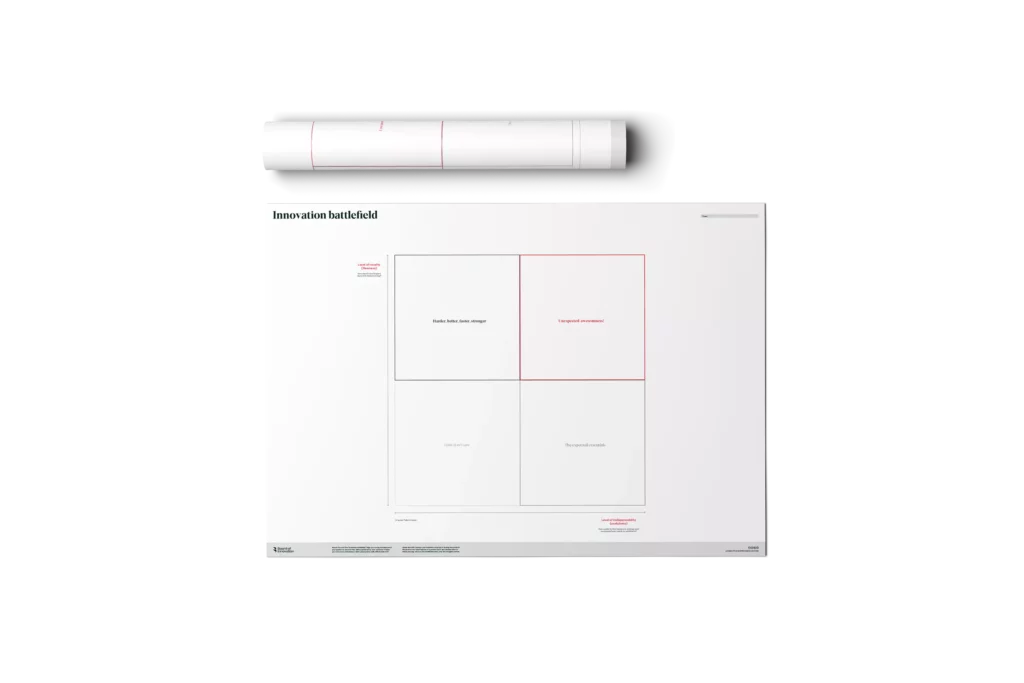
Innovation battlefields
The innovation battlefield is designed to clarify a proposed solution by focusing on key features.
Converging is a critical step in the innovation process. The innovation battlefield will help you make the right decision in terms of which concepts or features to take forward.
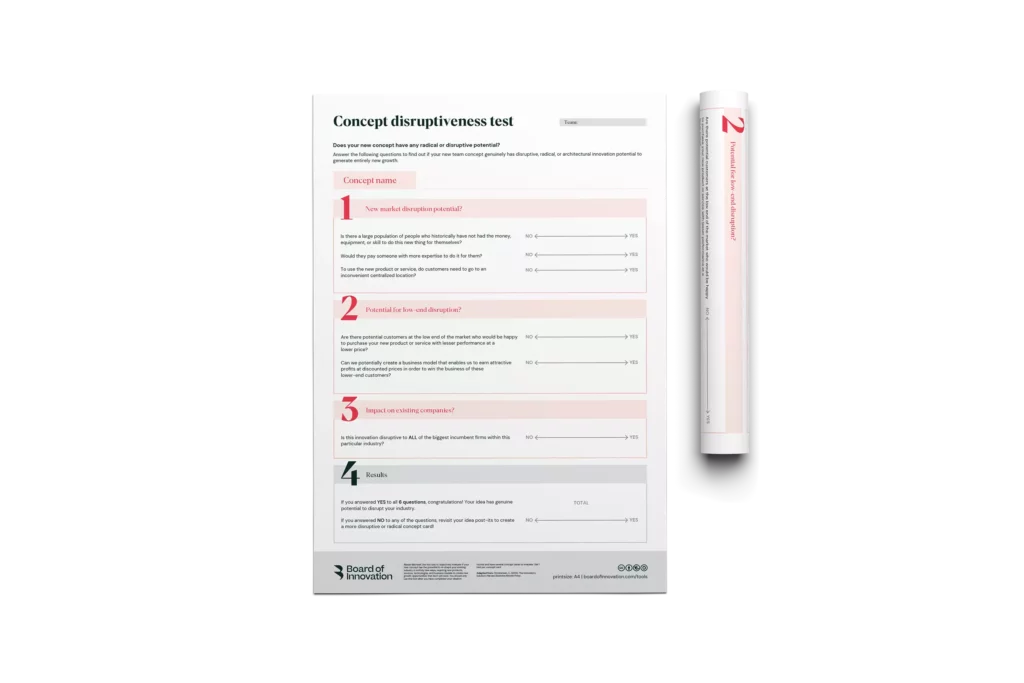
Concept disruptiveness test
Could your new business model disrupt the market, or is it too safe? Take this test to assess your concept quickly and objectively.
